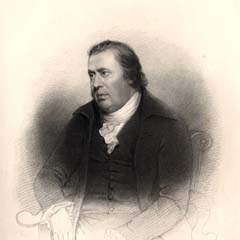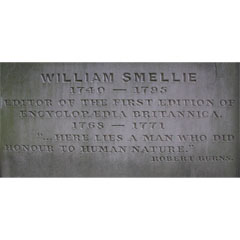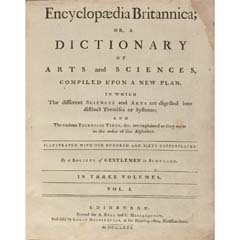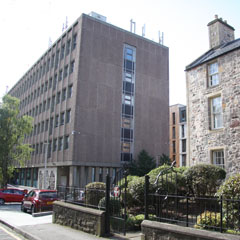 13 St John St, Edinburgh EH8 8DG
13 St John St, Edinburgh EH8 8DG
James Burnett, Lord Monboddo (1714–99), was a judge and pioneer of comparative linguistics. He discussed his theories at ‘learned suppers’ held in this house where he entertained many of the leading figures of the Scottish Enlightenment. As well as expounding his ideas on the origins of languages his also speculated on the relationship between apes and humans, which has led some to see him as an early evolutionary thinker. His beautiful daughter Elizabeth, who died of tuberculosis in 1790 at the tragically early age of 24, was the subject of a poem by Robert Burns, ‘Elegy on the late Miss Elizabeth Burnet of Monboddo’.

Portrait of James Burnett, Lord Monboddo (1714–99).
Find out more

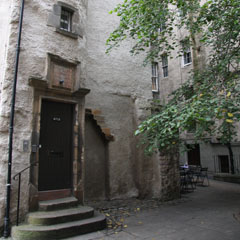 James’ Court 493 Lawnmarket Edinburgh EH1 2PB
James’ Court 493 Lawnmarket Edinburgh EH1 2PB  Playhouse Close, 196 Canongate, Edinburgh EH8 8BN
Playhouse Close, 196 Canongate, Edinburgh EH8 8BN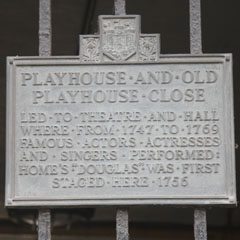
 The Royal Mile, Edinburgh EH1 1RN
The Royal Mile, Edinburgh EH1 1RN
 Boyd’s Entry, St Mary St, Edinburgh EH8 8JW
Boyd’s Entry, St Mary St, Edinburgh EH8 8JW
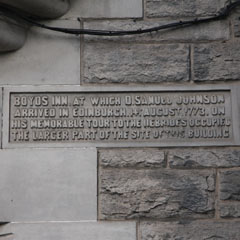
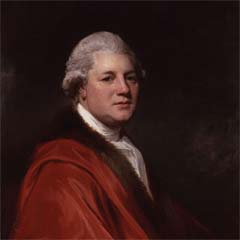
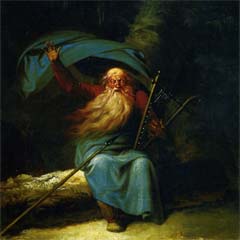
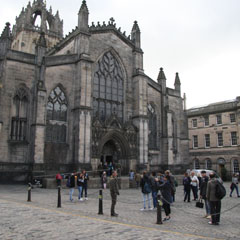 197 High St, Edinburgh EH1
197 High St, Edinburgh EH1

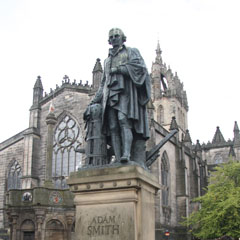 192 The Royal Mile, Edinburgh EH1 1RF
192 The Royal Mile, Edinburgh EH1 1RF
 Calton Hill, Edinburgh EH1 3BJ
Calton Hill, Edinburgh EH1 3BJ

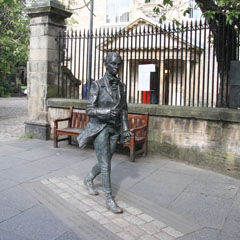 153 Canongate, Edinburgh EH8 8BN
153 Canongate, Edinburgh EH8 8BN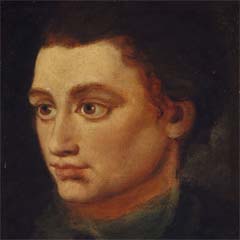
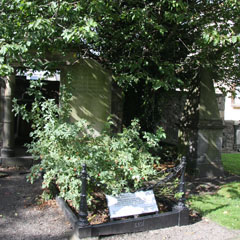

 Greyfriars Kirkyard, 1 Greyfriars, Edinburgh EH1 2QQ
Greyfriars Kirkyard, 1 Greyfriars, Edinburgh EH1 2QQ